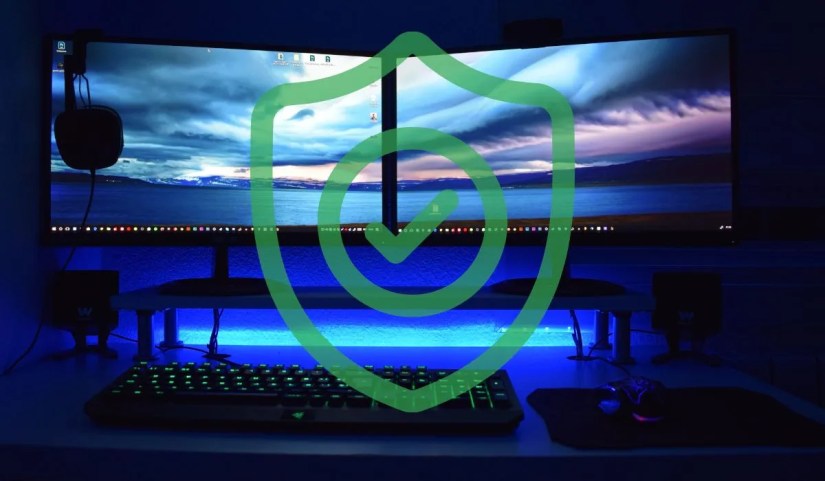What Is a Replay Attack? Here’s Everything You Need to Know
There are countless ways for a cybercriminal to target an organization or an individual, but some types of cybercrime are more difficult to defend against than others, and thus more dangerous. Replay attacks fall into this category.
But what are replay attacks, and how do they occur? Is there a way to prevent them, or at least minimize damage in the aftermath of such a strike?

How Do Replay Attacks Happen?
A subtype ofMan-in-the-Middle (MitM) attacks, replay attacks take place when a threat actor eavesdrops on a network, intercepts data, then modifies and resends it.
For example, imagine a friend or family member is asking you to loan them $50. You launch your favorite payment app, and send the money. But a threat actor is eavesdropping, so they resend the request with modified bank details. You press “send” again, because you are being prompted to do so, and the money ends up in their account instead. In a nutshell, that is how replay attacks work.

Naturally, things are more complicated in practice, namely because encrypted communications are also vulnerable to replay attacks.
For example, when you endeavor to log into a secure platform or service, your password and credentials are not visible or stored in plain text, but rather obscured and protected. In a replay attack, a threat actor would intercept and then resend the request. The point being, if a cybercriminal is eavesdropping on your network, they don’t need to decrypt or read your data—they can just resend it and gain access to sensitive information that way.

But how does an attacker find themselves in this position in the first place? There are many ways to intrude a system. The easiest would be by serving malware, but a cybercriminal could also set up a fake hotspot, and monitor online activity when people use it. They could also launch browser-based attacks, or set up phishing websites. The possibilities are almost endless.
How to Prevent a Replay Attack
When it comes to cybersecurity, prevention is what counts. In order to fend off replay attacks, you need to boost your overall security and cultivate safe habits. For a start, you should avoid public Wi-Fi networks. And if you absolutely need to connect to one, make sure youcheck if that network is safefirst.
Secondly, use asecure and private browserfor your daily internet activities. There are plenty of good options to choose from nowadays, but Brave and Firefox are arguably the best, because they offer both speed and safety. And when online, stay away from fishy websites, avoid pages that use HTTP instead of HTTPS (the latter is far more secure), and make sure the platforms you use support SSL or TLS security protocols.

With all that said, encryption is what makes a real difference. You should really use software that utilizes strong protocols, such as AES-256 and XChaCha20, and generates new keys for each session. Setting up two-factor ormulti-factor authentication, and avoiding services that don’t use one-time passwords and similar security measures is also a good idea.
Additionally, it might be worth looking into a secure Virtual Private Network (VPN) service. However, keep in mind that there are plenty of providers out there, and many don’t prioritize security, so make sure youchoose your VPN wisely.

Stay Proactive to Protect Yourself From Replay Attacks
Replay attacks may not be as common as other types of cybercrime, but they can be exceptionally dangerous, especially if you deal with sensitive information on a daily basis.
That is why it is important to stay proactive and take good care of your cyber hygiene—and that entails more than just having antivirus software installed on your device.
Antivirus security software is essential, but won’t protect you from all threats. Here’s why an antivirus sometimes slips up and what else you need.
My iPhone does it all, but I still need my dumb phone.
The fix was buried in one tiny toggle.
Sometimes the smallest cleaning habit makes the biggest mess.
The key is not to spook your friends with over-the-top shenanigans.
I found my TV was always listening—so I shut it down.